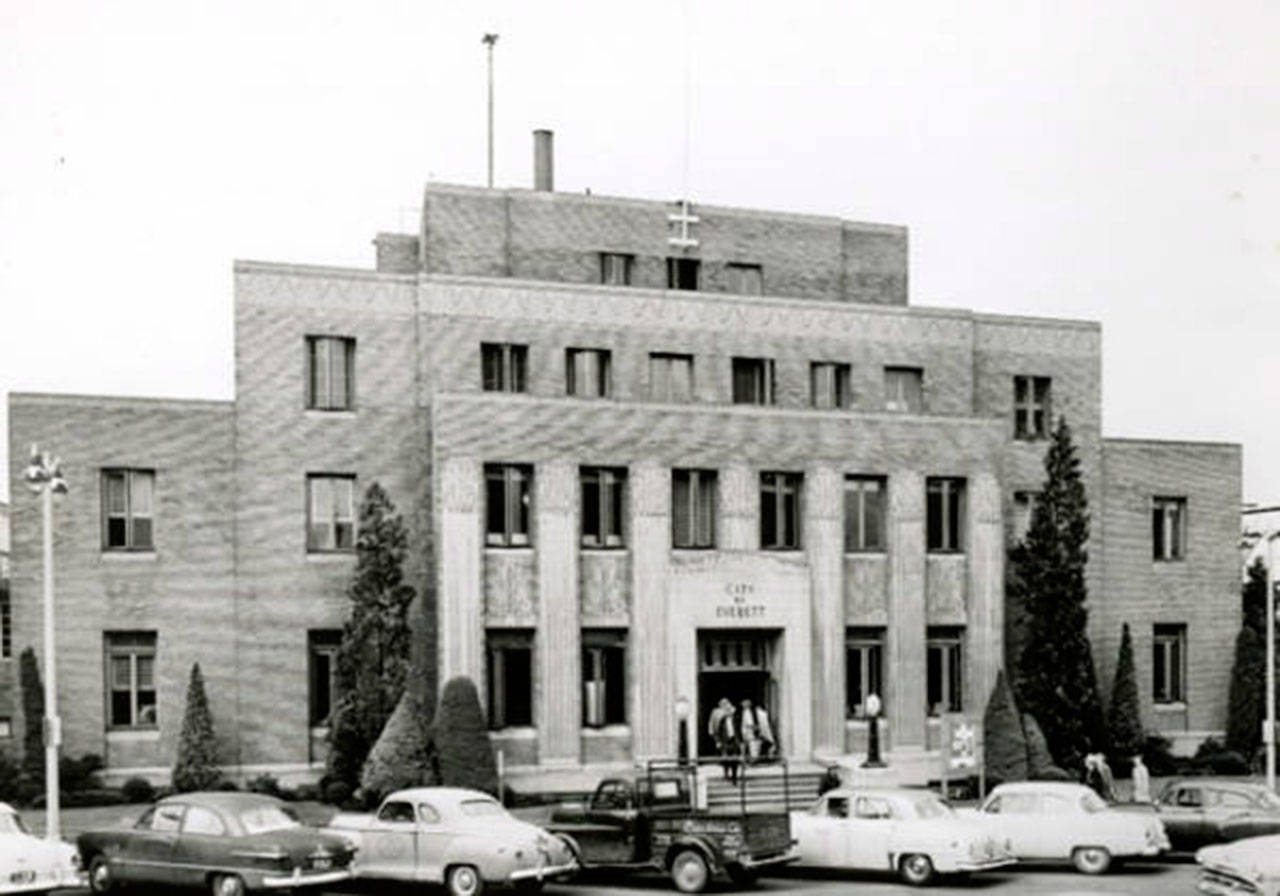By The Herald Editorial Board
Voters in the city of Everett have the opportunity in the Nov. 6 election to make a significant change in how they are represented by their city council.
Following a long campaign by the advocacy group Everett Districts Now, the city has placed on the ballot a two-part measure that asks if:
The Everett City Council’s makeup should be changed from seven at-large members, elected by all registered voters to a council represented by some members elected by individual districts and some elected at-large; and
If approved, should the city be divided into five geographical districts with two at-large members, or four districts with three members elected citywide.
Everett Districts Now, for more than two years, has sought a change to how the council is elected, putting in extensive work and campaigning to change election of the council to two at-large members and five elected by districts, with the goal of broadening representation throughout the city’s neighborhoods and encouraging greater participation in issues before the city.
The group failed late last year to gather enough signatures from registered voters to place the issue on last fall’s ballot; it collected about 3,000 of about 8,000 required. But it continued its campaign and this year worked with the council to advance a ballot measure. The council voted to place the question on the ballot and give voters the choice between the two options.
Voters will now make the call.
There are advantages and disadvantages to councils elected at-large or by districts, as outlined by the National League of Cities (hat-tip to EDN, for pointing to the league’s website).
At-large councils can be more impartial, can rise above the narrower perspective of a single district and consider the issues of the entire community; and vote-trading among council members is minimized. However, at-large elections can weaken representation of particular groups, particularly economic or racial minorities.
District elections, the league article reports, can increase the representation of groups on a council; as was seen in Yakima in 2014 when a lawsuit forced that city to change to district representation and three Latina women were elected to its council for the first time in city history. Also council members elected by districts tend to be more responsive to their district constituents; and districts may also increase citizen participation in elections and in city issues.
However, district representation can also lead to more infighting and be less likely to prioritize issues of importance at the citywide and even regional levels.
About a quarter of cities of Everett’s size split the difference by electing councils with some district elections and some at-large.
Everett, with an estimated population of 109,000 and growing, is ready to move to that model. Leaving the question: How many of each?
Everett Districts Now, as it has from the start, is advocating for 5-2, five council districts and two at-large members. In a letter to the editorial board, it said it believes that option will provide “fair and equitable representation across the entire city.” With only four districts, it said, “a single area could continue to have a four-vote majority and control the issues.”
But it’s difficult to imagine an issue where a bloc of three at-large council members would align with one district representative in disagreement with the other three council members. And it assumes that the three at-large members would be living in the same district.
While it would be useful to have a representative looking out for the concerns of her or his district’s constituents, most of the issues coming before the council involve larger questions regarding budgets, law enforcement, city regulations and the like. Localized issues, such as zoning, street repair and park maintenance will still manage majority support because the interests for those are still shared.
It’s also been suggested that a council map with four districts, rather than five, could “lump” two or more neighborhoods together that aren’t a natural fit. Again, most issues are shared among those neighborhoods and should tend to bring together those neighborhoods, rather than foster intradistrict divisions. And four districts won’t combine separate neighborhoods any more than five districts have the potential to divide a neighborhood.
Regardless, the city will need to go through a separate process to draw a district map, one that will need to consider the concerns of all neighborhoods and their residents as to how those lines are drawn.
Finally, the number of districts also has an effect on representation itself. The districts will have to be drawn to include approximately the same number of residents. With 109,000 living in Everett, that means about 21,800 in each of five districts or 27,250 in each of four. Just as a 4A school has more students than a 3A school from which to field a varsity basketball team, four council districts offers a larger potential pool of candidates for each district than five districts would.
As we have stated before, Everett Districts Now deserves credited for pursuing a change in city governance that should encourage greater participation in elections and in day-to-day city management, while also fostering greater representation in the city’s neighborhoods.
But electing four city council members by districts and three at-large provides the best mix of that representation while retaining a larger perspective on the issues that all Everett residents share.
Talk to us
> Give us your news tips.
> Send us a letter to the editor.
> More Herald contact information.

























